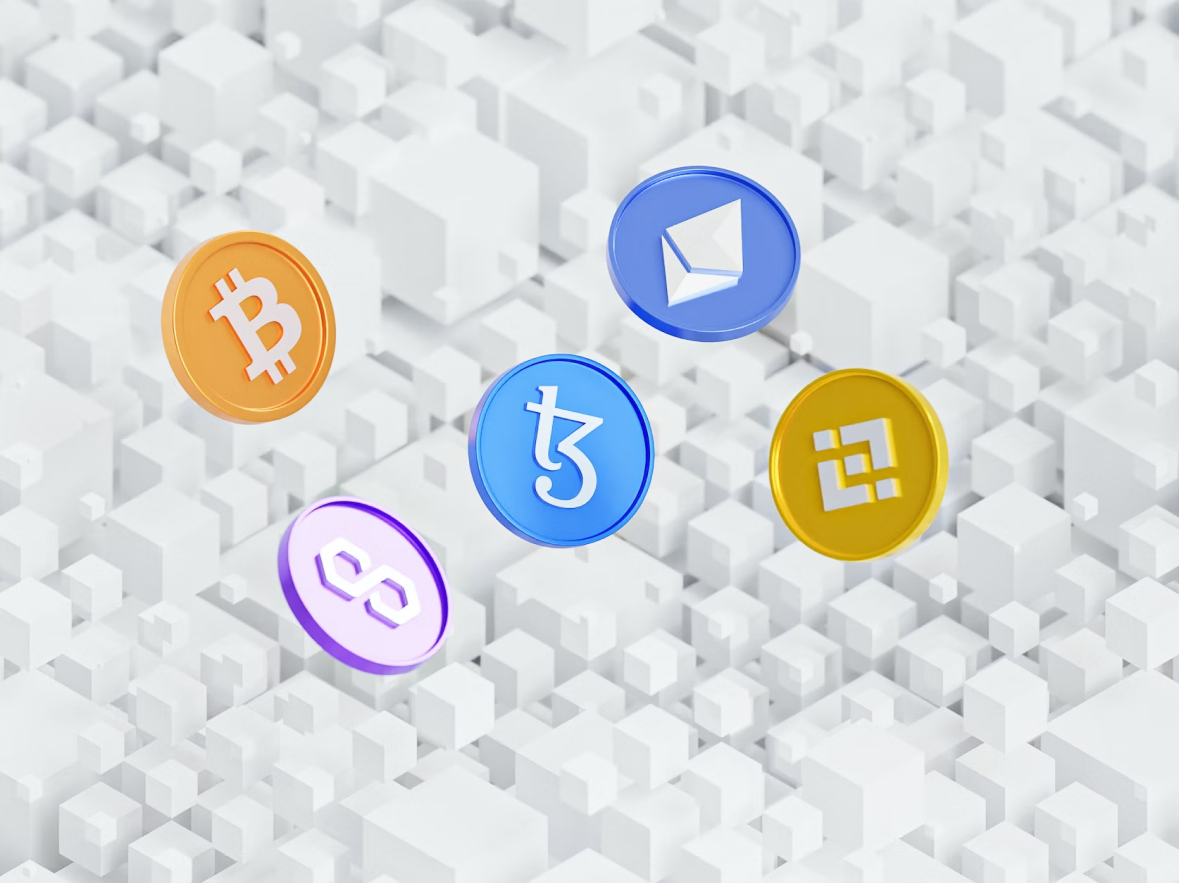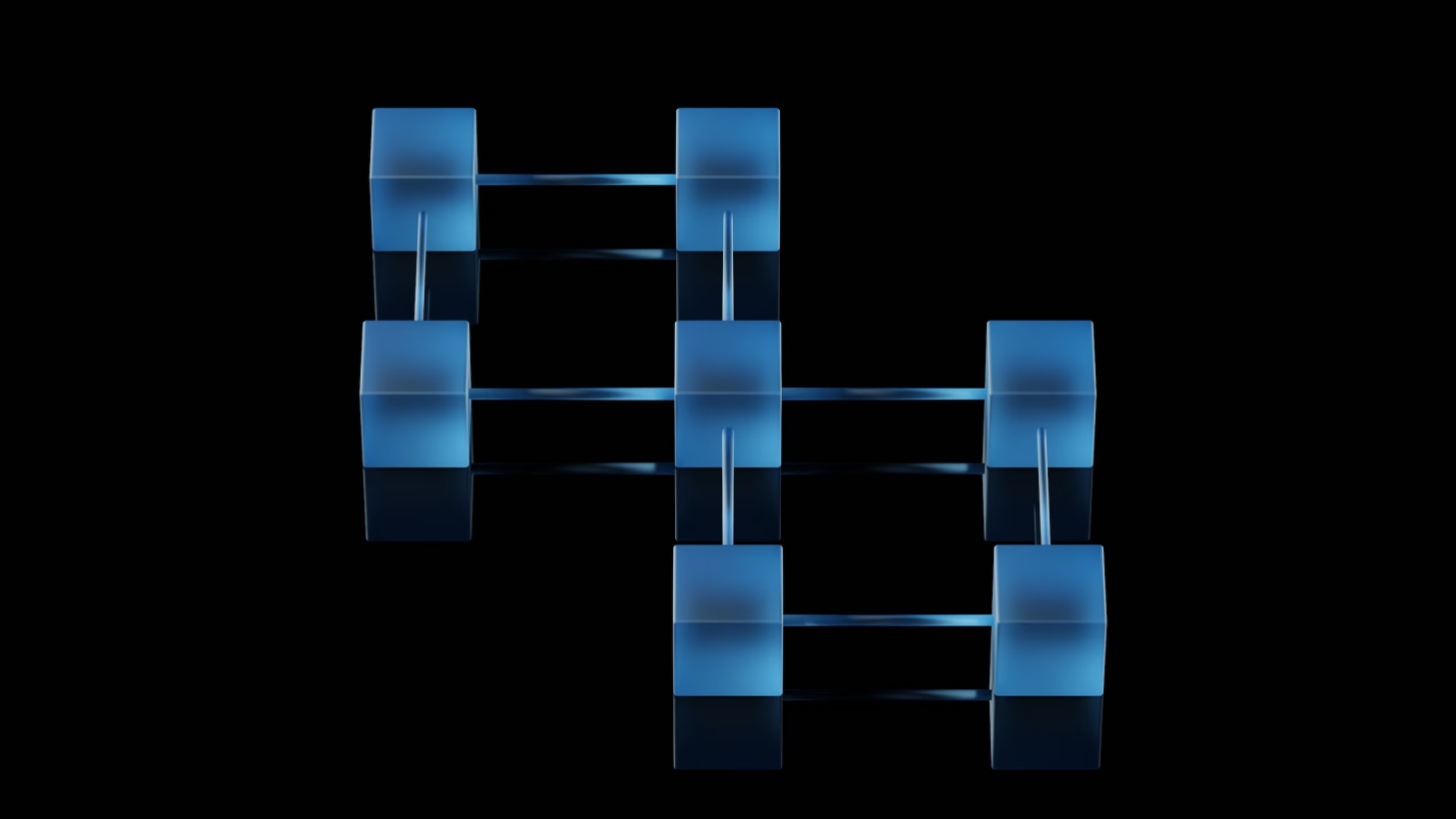SK Hynix rides Nvidia AI wave to record Q2 earnings, beats out local rival Samsung

SK Hynix is making record profits due to the increasing demand for AI chips, particularly from Nvidia. This performance has propelled it past its competitor, Samsung, in the high-end memory space.
SK Hynix reported a major boost in Q2 earnings following rising demand for its AI-focused memory chips. The South Korean firm reported an operating profit of ₩9.2T, which is about $6.7B, for the second quarter, a 68% increase from the same period last year as demand for high-bandwidth memory (HBM) chips used in AI systems continues to rise.
Revenue rose 35% to ₩22.2T, about $16.1B, exceeding analyst forecasts of ₩20.6T, according to Yonhap Infomax.
SK Hynix outearns Samsung again in Q2
SK Hynix has outgained Samsung Electronics in advanced memory sales for the second quarter in a row, mainly because of its position as the leading supplier of HBM chips to Nvidia.
SK Hynix pointed out growing investment in sovereign AI, which refers to government efforts aimed at developing independent national AI infrastructure, as a source of demand in the future. The company’s shares went up by more than 2% in early trading, following the earnings release.
SK Hynix’s performance contrasts with that of Samsung’s, which projected a 56% profit decline in Q2. One of the major causes is its struggle to meet Nvidia’s strict requirements for its AI chips.
SK Hynix’s share price has tripled since the beginning of 2023, with Bank of America analysts forecasting further growth in global HBM revenue from $35.7B in 2024 to $57.5B in 2027.

What does the memory chip market look like in 2026?
Despite SK Hynix’s momentum, analysts are pointing out potential risks further down the line. Analysts at Goldman Sachs reduced their rating for the company from “Buy” to “Neutral” in a note published last week. As more memory chip makers expand production, the competition is expected to intensify.
Goldman Sachs warned that HBM pricing could decline for the first time next year, as the market gets more saturated. SK Hynix’s reliance on Nvidia especially leaves it exposed to changes in customer strategy or pricing leverage.
This could become a problem if Nvidia decides to diversify suppliers or push for lower prices.
Analysts have also identified areas of opportunity for competitors like Samsung. Goldman Sachs stated that application-specific integrated circuit (ASIC) chips may become the fastest-growing segment in the HBM market.
As SK Hynix focuses on supplying Nvidia, it gives Samsung the opportunity to target companies building their own ASIC chips.Samsung may be able to benefit from Nvidia resuming shipments of its less advanced H20 AI chip to China.
KEY Difference Wire: the secret tool crypto projects use to get guaranteed media coverage
SK Hynix rides Nvidia AI wave to record Q2 earnings, beats out local rival Samsung

SK Hynix is making record profits due to the increasing demand for AI chips, particularly from Nvidia. This performance has propelled it past its competitor, Samsung, in the high-end memory space.
SK Hynix reported a major boost in Q2 earnings following rising demand for its AI-focused memory chips. The South Korean firm reported an operating profit of ₩9.2T, which is about $6.7B, for the second quarter, a 68% increase from the same period last year as demand for high-bandwidth memory (HBM) chips used in AI systems continues to rise.
Revenue rose 35% to ₩22.2T, about $16.1B, exceeding analyst forecasts of ₩20.6T, according to Yonhap Infomax.
SK Hynix outearns Samsung again in Q2
SK Hynix has outgained Samsung Electronics in advanced memory sales for the second quarter in a row, mainly because of its position as the leading supplier of HBM chips to Nvidia.
SK Hynix pointed out growing investment in sovereign AI, which refers to government efforts aimed at developing independent national AI infrastructure, as a source of demand in the future. The company’s shares went up by more than 2% in early trading, following the earnings release.
SK Hynix’s performance contrasts with that of Samsung’s, which projected a 56% profit decline in Q2. One of the major causes is its struggle to meet Nvidia’s strict requirements for its AI chips.
SK Hynix’s share price has tripled since the beginning of 2023, with Bank of America analysts forecasting further growth in global HBM revenue from $35.7B in 2024 to $57.5B in 2027.

What does the memory chip market look like in 2026?
Despite SK Hynix’s momentum, analysts are pointing out potential risks further down the line. Analysts at Goldman Sachs reduced their rating for the company from “Buy” to “Neutral” in a note published last week. As more memory chip makers expand production, the competition is expected to intensify.
Goldman Sachs warned that HBM pricing could decline for the first time next year, as the market gets more saturated. SK Hynix’s reliance on Nvidia especially leaves it exposed to changes in customer strategy or pricing leverage.
This could become a problem if Nvidia decides to diversify suppliers or push for lower prices.
Analysts have also identified areas of opportunity for competitors like Samsung. Goldman Sachs stated that application-specific integrated circuit (ASIC) chips may become the fastest-growing segment in the HBM market.
As SK Hynix focuses on supplying Nvidia, it gives Samsung the opportunity to target companies building their own ASIC chips.Samsung may be able to benefit from Nvidia resuming shipments of its less advanced H20 AI chip to China.
KEY Difference Wire: the secret tool crypto projects use to get guaranteed media coverage

